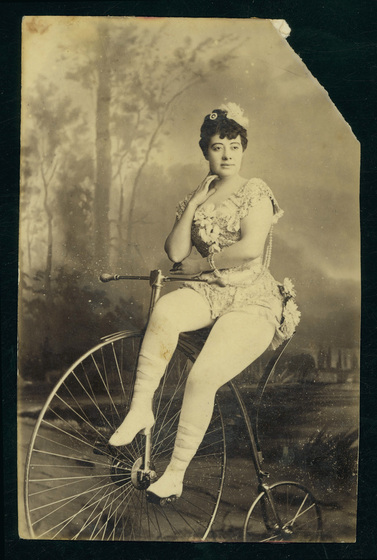On Your Bike!
The Ballarat community has had a long-standing fascination with bicycles and cycling since the arrival of the first velocipede in the 1860s.
The first bicycles in Ballarat were met with a mixture of bemusement, curiosity and criticism from locals. Since then, this two-wheeled vehicle has captured our hearts and become a fixture on Ballarat’s roads and tracks.
On Your Bike! is a celebration of Ballarat’s love of cycling. It is a journey into the development of Ballarat’s cycling movement which has been assisted by improved bicycle technology, local manufacturing industry and cycling clubs.
























